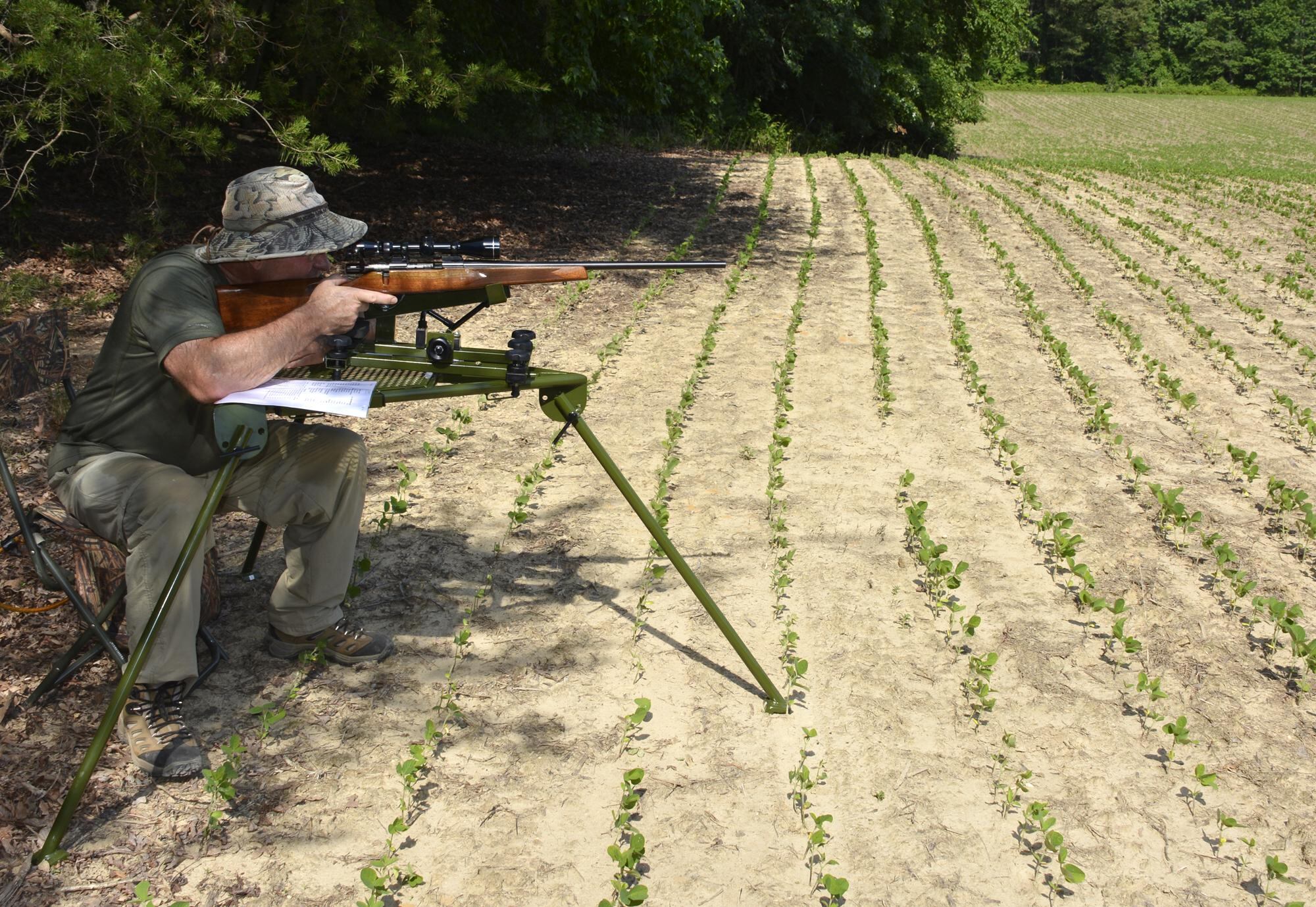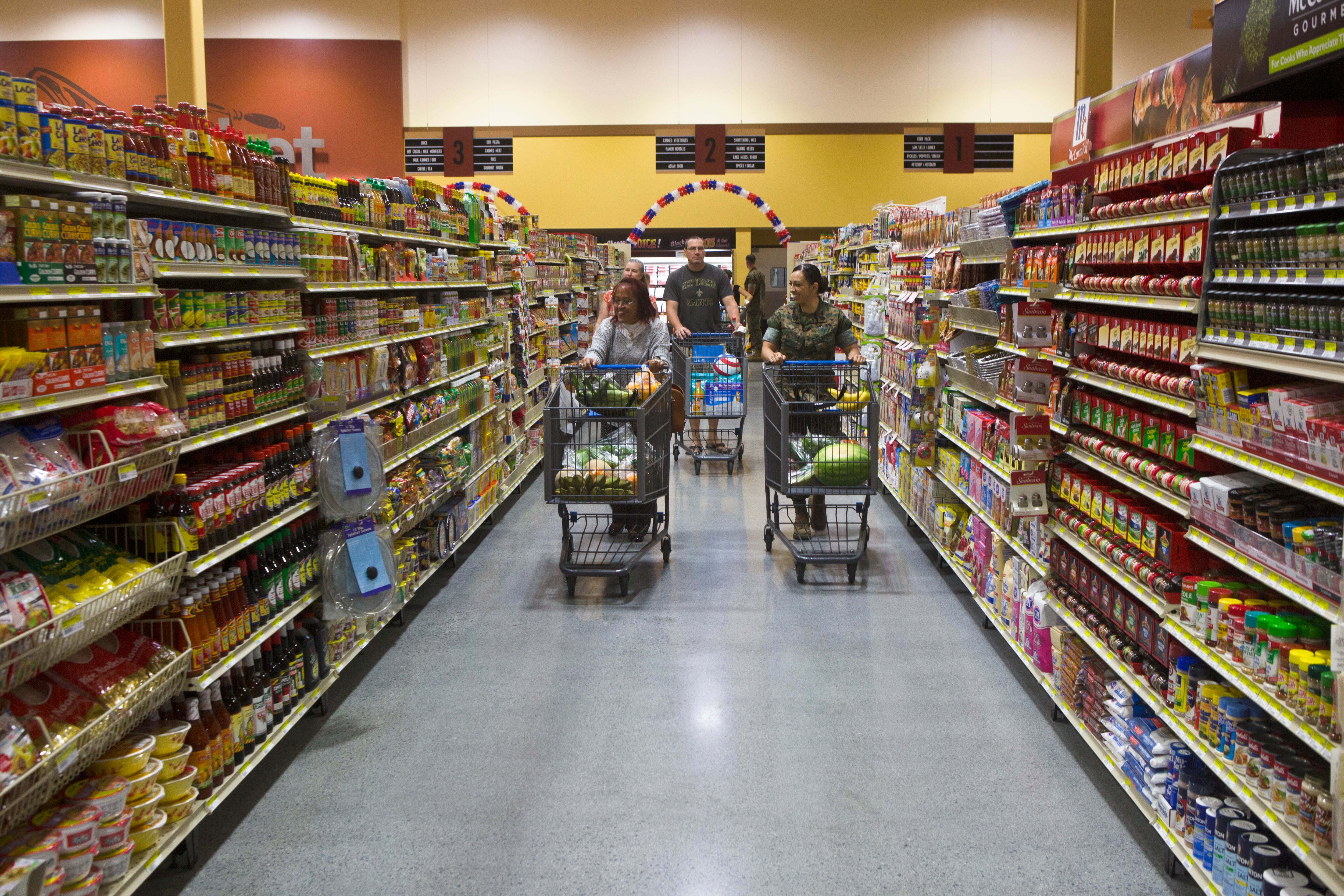It's well known that a good rifle rest improves the capabilities of any shooter. But depending on where you do your shooting, the type and construction of such platforms can vary significantly.
For example, a poured concrete platform is hailed as the quintessential "rock solid" shooting table and is found at many shooting ranges. Other ranges might have heavy-duty wooden tables. Typically, you bring your own accessories, such as a Caldwell Lead Sled or other rifle cradle, basic sand bags, or specially designed vibration-absorbing tools such as Uncle Bud's Bulls Bags.
Once finished at the range, if you want to hit the field to shoot groundhogs or prairie dogs at distances ranging across several hundred yards, you'll still benefit from a good platform and rest. This is where portable platforms add value. We're not talking a five-pound card table with cheap aluminum legs here.
We tested two popular portable shooting tables. Wayne Correia, a longtime, dedicated benchrest shooter, handloader and varmint hunter as well as a Defense Department civilian employee, helped check out the products in a scorching-hot Virginia soybean field — just the kind of place where bean-munching whistle pigs like to work their mischief.
Correia has tried many types of rests and tables over the years. He says the key issue is matching capabilities to requirements. In other words, if you're going to be on foot, humping the table and all your other gear several hundred yards, the weight of the table is a huge factor.
"If you are going to ascend 3,000 feet and invested more than $1,000 in a rifle that is one pound lighter than your other rifle, then you would likely want a shooting table that's light," he explained. "Lightness could be more important than stability. If you're driving out to a prairie dog town and the table was simply going from 'in' your truck bed to 'next to' your truck and you would remain there for the whole day, then weight is less of a concern than stability."
In that regard, the two tables we tested offer a good comparison.0
Benchmaster Mark Thompson Signature Edition Foldable Portable Shooting Table
This table was a breeze to set up, easily erected with no tools, or as Correia deadpanned, "I appreciate when my skill level is not challenged, when no humiliating reading of directions is required."
All fasteners requiring any torquing were capped with usefully sized plastic caps, which eliminated the need to carry tools. Only the seat required any assembly. The seat swings smoothly on a sturdy arm to whatever side of the table the shooter prefers. A monopod then anchors it in position when you sit.
"When a right-hander, like me, centers the rifle on the table, they typically prefer to sit to the left of the rifle's position. The distance from the table's near edge to the seat is adjustable, another useful feature since not all shooters are of the same girth," Correia said.
Observations:
This table exhibited great stability. The front and rear steel legs swing out in pairs past a right angle. With the legs angled out from the top to the ground, stability is greatly improved. The tabletop is a flat metal rectangle with sufficient room for charts, ammo, optics and elbows. Being mostly metal, the overall quality of construction was robust, suggesting durability. Each leg has a threaded and lockable post allowing leveling on uneven terrain. The unit folds down flat.
The seat was also height adjustable, which is critical to finding a comfortable (and repeatable) shooting position. To be comfortable, you'll want to bring a seat cushion, because the seat has no padding. Correia noted this makes sense if you intend to leave the table in a semi-permanent blind or if you want to be assured of a dry seat.
There's a handy built-in carry handle. This is a well-made unit that travels well in a pickup bed and offers the shooter a stable platform. As Correia put it: "Your misses will have to be blamed on the wind or bad karma, not this table."
Product & user recommendations:
A wider diameter for the ends of the legs, where they contact the ground, would help on soft swampy ground, but they were fine on a dry Virginia soybean field. Due to its weight and size, this really isn't the type of shooting platform you'd lash to a pack or climb with in rough terrain.
Specifications:
- Height adjustments from 31 to 34 inches
- Weighs 42 pounds
- Lifetime warranty
- Tabletop dimensions: 36 inches by 24.5 inches
- Seat extends from eight inches to 19 inches; 360-degree rotation with full 170-degree adjustment
- Recommended price: $449, but the unit has been on sale for $250 with free shipping. www.benchmasterusa.com

Wayne Correia with the Hyskore Portable Shooting Bench and Track & Elevate Varmint Shooting Rest.
Photo Credit: Ken Perrotte
Hyskore Portable Shooting Bench (top image)
The box immediately gives away the unique triangular construction of this table, a three-legged affair with all-steel, powder-coated construction and a steel mesh top surface. Setup was easy and intuitive, with minimal reference to the printed instructions required. A crescent wrench helped get everything snug. Weighing just less than 20 pounds, this unit is clearly designed for maximum portability. No seat is provided.
Observations:
The triangular design provides adequate elbow space while minimizing bulk. The lightweight steel design has a little flex, but if you lean forward on the table while readying the crosshairs, stability is more than adequate.
"Let's face it, if you agree that a greater-than-300-yard, offhand shot borders on unethical, then we all need a rest," Correia said. "This system is superior, in my opinion, to resting off a backpack. All too often, the view from the ground off a bipod or backpack won't allow us to see the game plainly visible from a slightly higher sitting position."
A padded V-notch gun support has adjustable elevation and can be inserted into four mounting points to accommodate gun length and shooter preference. A provided spotting scope mount can attach to either side of the platform and is adjustable for both height and eye relief. The legs attach easily with M12 T-bolts and resemble those of a heavy-duty MG-42 machine gun tripod. They're individually adjustable to four different angles for elevation and two height/length settings. The legs spread wide enough to support weight without sinking into the ground or slipping on rocks or tree roots. Aggressive, wide feet also dig in and promote stability.
Correia closely examined the construction at the stress points and noted that while the welding wasn't uniformly "pretty," all nuts were strongly welded where they should be. "This should help with durability," he said.
Product & user recommendations:
"This unit could be lashed to a backpack and hauled far from your truck or ATV," Correia said, adding that a dedicated carry handle could help for carrying short distances. Correia pointed out that many rifle fore ends don't always fit the best in a somewhat small, narrow V-notch. A wider U-shape design often works better, especially when shooting rifles with heavier bull barrels.
"You could add a small shooting bag if desired," he added. "Overall, though, this unit represents an excellent balance of portability, stability and, importantly, affordability. If you need to venture, whether on foot or via ATV or horseback, and can admit to needing an accuracy-enhancing rest, consider this device — it works."
Specifications:
- Weighs just less than 20 pounds
- 90-day warranty
- Tabletop dimensions: 39 inches (each triangular side)
- Supports up to 50 pounds
- Not sold directly by manufacturer. Bench is $99 at Bass Pro Shops. www.hyskore.com
While a couple of shooting bags would work fine with the bench, we also tried out a Hyskore accessory, the Track & Elevate Varmint Shooting Rest ($99.99 at Cabela's). This useful, lightweight tool is somewhat similar to other shooting rests on the market with its ability to make quick, stable adjustments in elevation as well as track moving targets. The manufacturer touts it as particularly useful for prairie dog shooting when targets pop up rapidly and often simultaneously.
Elevation change is made by pulling or pushing a lever that raises and lowers the forward end of the gun. You can also lock in the elevation simply by tightening a knob. Tracking targets left to right is accomplished by backing off the four elevation leveling jacks at the corners and engaging the center front pivot so it contacts the bench top, at which point the rest is supported by the forward pivot and the two ball bearing rollers at the rear. This allows the rest to pivot side to side.
Ken Perrotte is a Military Times outdoors writer.





